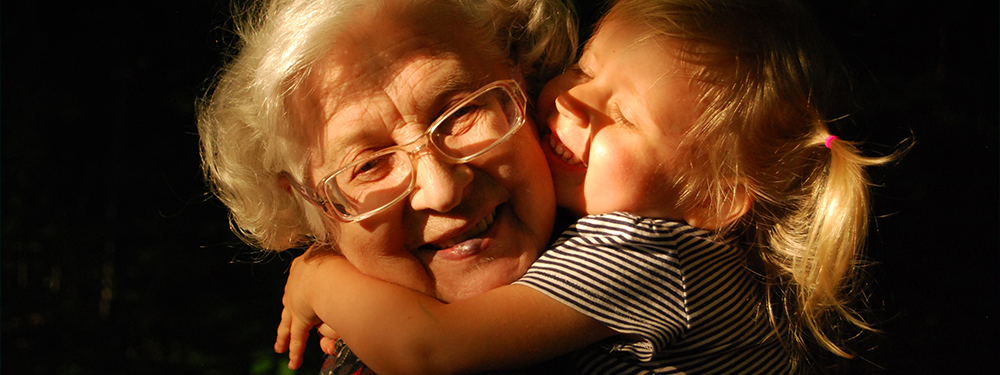Our mission is to care about your breath, our vision to combine Human Tech with Human Touch... You just feel free to breathe.

In general, three macro-categories can be identified: direct transmission, indirect transmission and vector transmission.

This may be accidental ingestion through aerosols or splashes for example.
Per droplet si intende il passaggio di goccioline di grandi dimensioni generate dalla persona infetta (generalmente tramite starnuti, tosse oppure parlando): se espulse a breve distanza possono raggiungere le mucose del soggetto suscettibile.
It may occur in the case of:

This refers to the passage through common vehicles and concerns those biological agents that can be transmitted by other materials such as water, food, or drugs.
This method of transmission can occur as a result of two circumstances:
In the case of so-called 'aerosols', for example, the biological agent manages to remain in the air for a longer period of time, thus increasing the likelihood of contagion.
By definition, aerosols are small liquid or solid particles (less than 5μm in diameter) suspended within a certain gas, such as the air we breathe.
These very fine volatile particles are formed by the mechanical dispersion of a substance.
Some typical examples of aerosols are clouds and fog, in which very fine water droplets are suspended, or atmospheric particulate matter, consisting of a mix of solid microparticles of organic pollutants (carbon residues, metals, fibres, etc.).
In the industrial sector, numerous products are used in aerosol form, such as insecticides, paints, hairsprays, furniture waxes, deodorants, etc., which are emitted in dispersed form through the action of liquefied or compressed gases.
Just consider particle dispersion from spray cans.
This refers to the passage of large droplets generated by the infected person (usually through sneezing, coughing or talking): if expelled a short distance away, they can reach the mucous membranes of the susceptible person.

Avviene quando animali o insetti (zanzare, mosche, zecche, topi, ecc,) contribuiscono a trasportare e trasmettere l'infezione.

Our mission is to care about your breath, our vision to combine Human Tech with Human Touch... You just feel free to breathe.
Scopri gli eventi BLS di questo mese
24-27 ottobre
A+A 2023
Düsseldorf, Germania
stand n. 9B32
Sai indossare correttamente un DPI? Indossare correttamente i DPI è importante per ottenere la massima efficacia e le migliori prestazioni di prodotto. Lo scopo della protezione respiratoria individuale, infatti, è proteggere chi la indossa da sostanze tossiche o patogene diffuse per via aerea. Il suo utilizzo, quindi, dovrebbe essere preceduto da una formazione appropriata […]
BLS S.R.L.
Società a Socio Unico
via dei Giovi, 41 - 20032 Cormano (MI) - Italia
t/f +39 02 39310212 / 66200473
info@blsgroup.it
Privacy Policy - Cookie Policy
Oficina registrada
via dei Giovi, 41 – 20032 Cormano (MI) - Italia
Capitale Sociale | Share Capital: Euro 600.000,00 i.v.
C.C.I.A.A. - R.E.A.: MI 1186898
Partita IVA | VAT N°: IT12296780153
C.F. e Iscrizione al Registro delle Imprese di Milano: 07822320151
BLS IBERIA / Av. Pau Casals, 8 08182 Sant Feliu de Codines Barcelona - Spain
BLS NORTHWEST / Reeweg, 132 3343 AP H.I. Ambacht Rotterdam - The Netherlands
BLS DO BRASIL / Rua Alvarenga Peixoto, 307 05095-010 Sao Paulo - SP - Brazil
BLS GERMANY / Dünner Straße 249 D-41066 Mönchengladbach - Germany
BLS FRANCE / 18 Porte du Grand Lyon 01700 Neyron - France